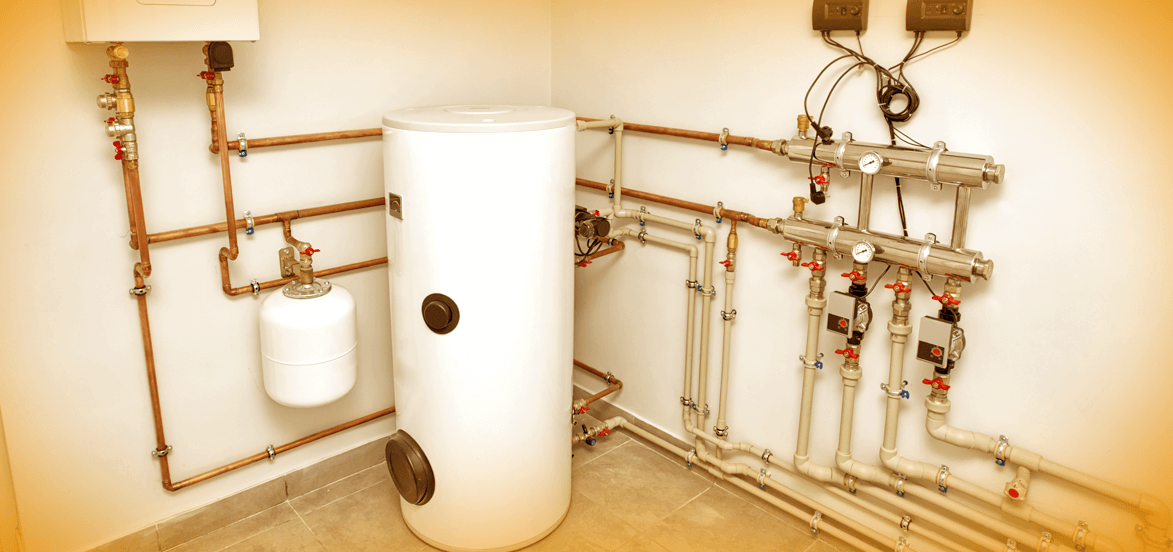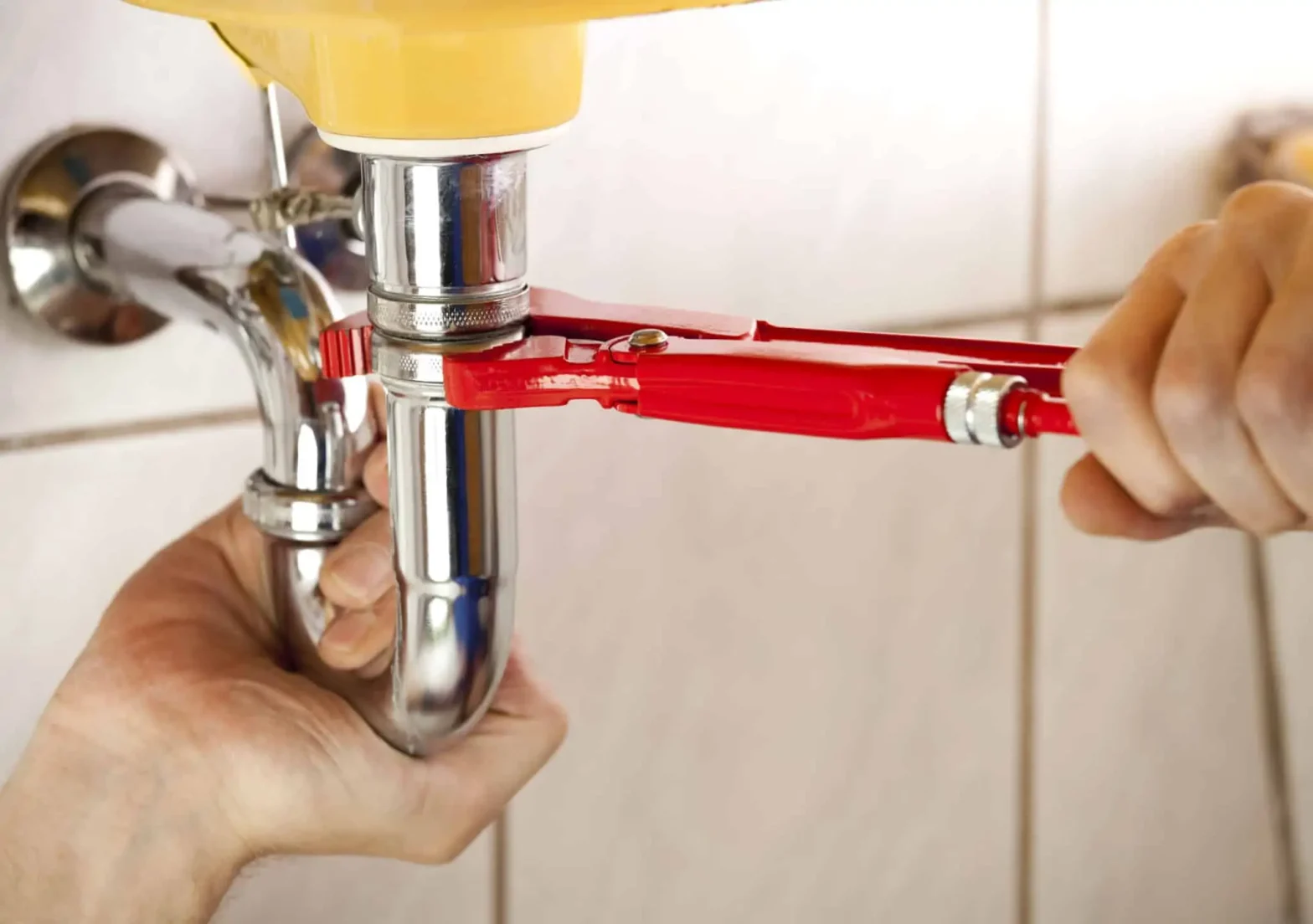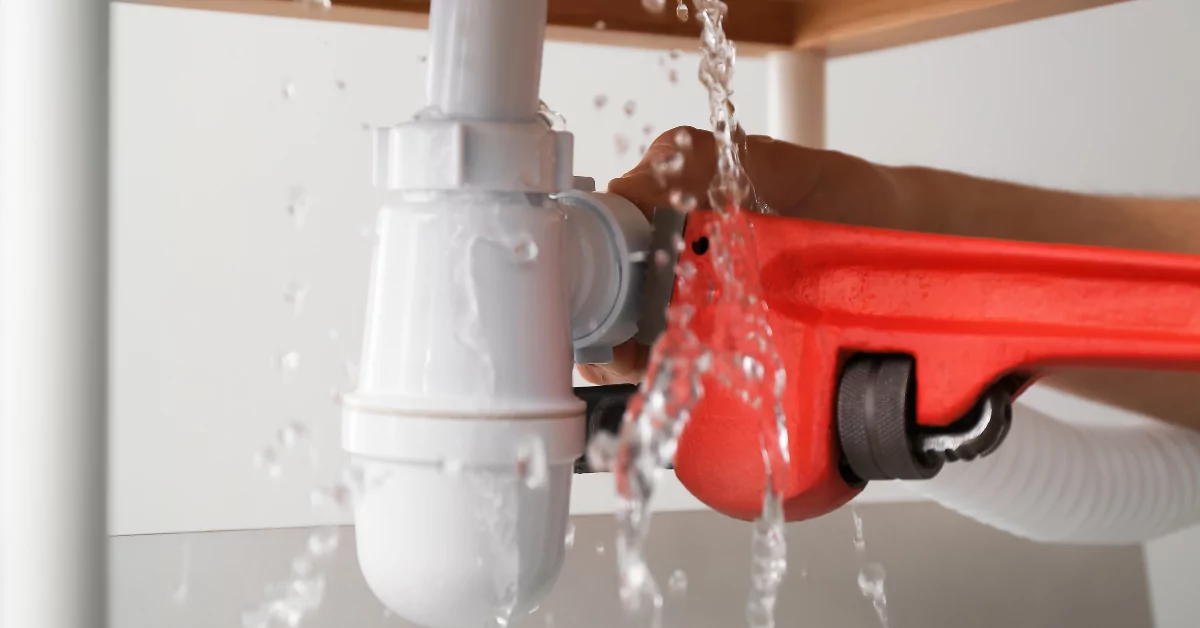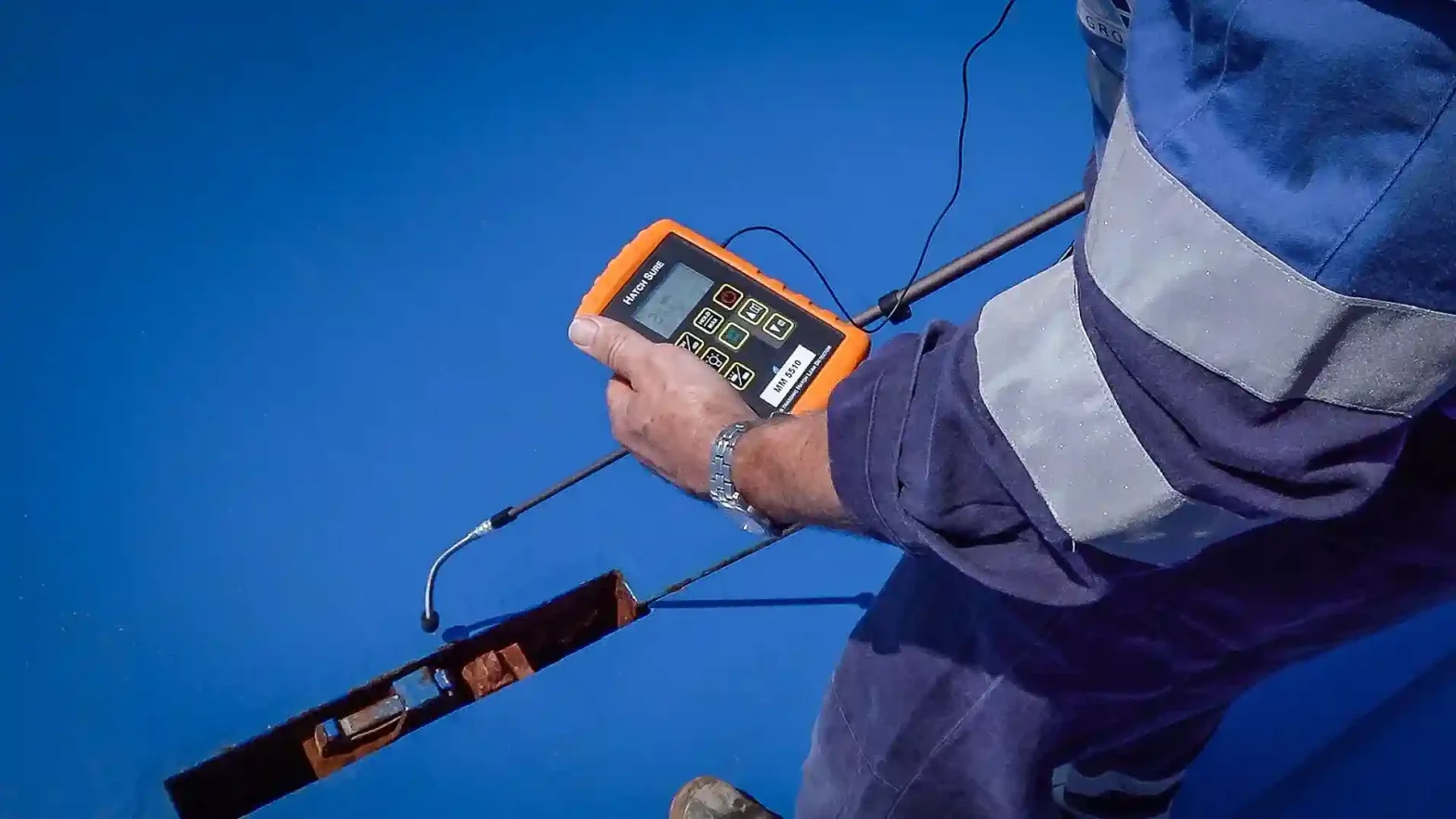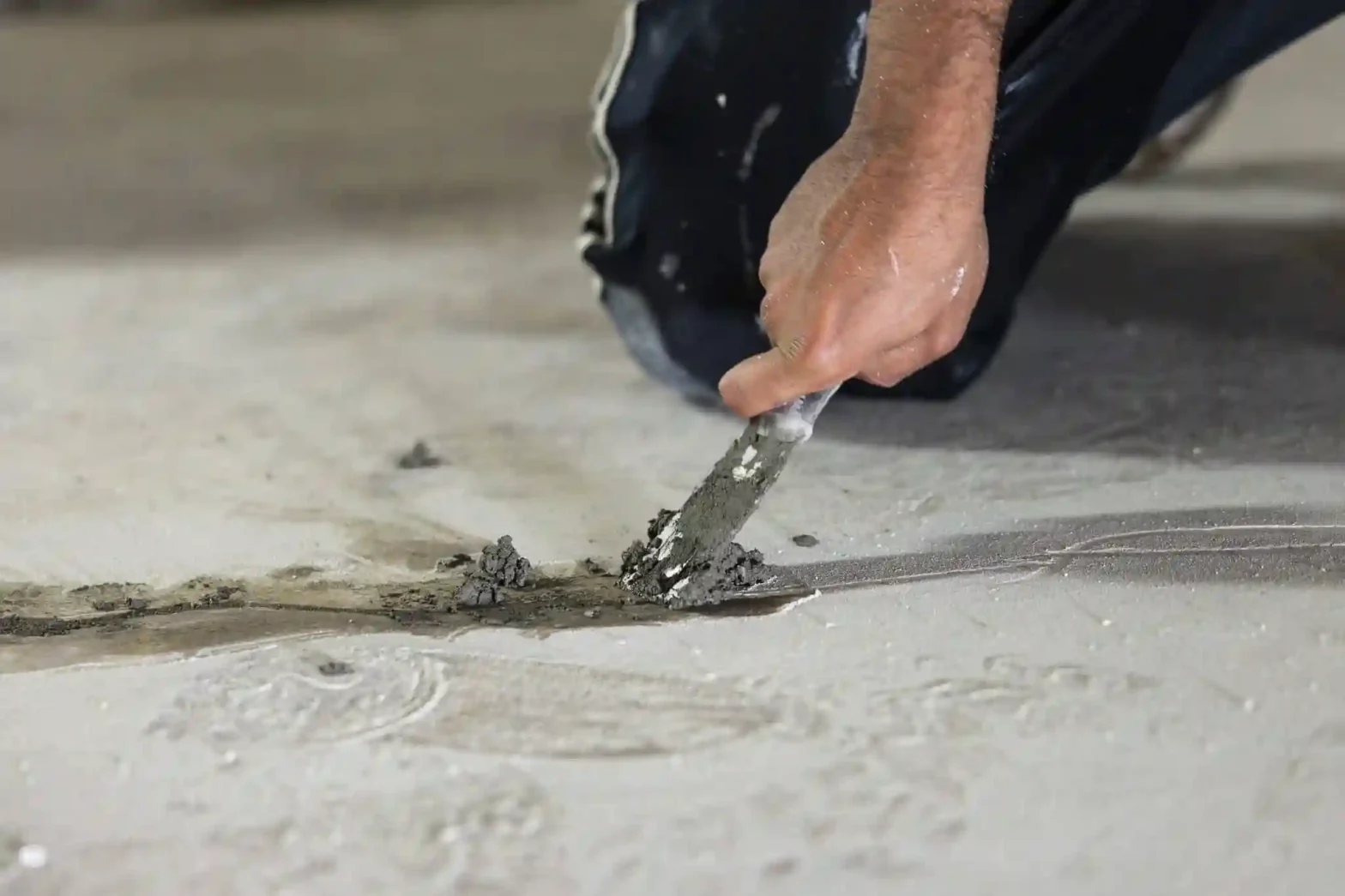Water Heater Not Working? Here Are 7 Common Problems Of A Broken Water Heater
The water heater in the house, similar to other equipment such as refrigerators and washing machines, is utilized on a regular basis. This equipment is used to deliver warm water for everyday chores such as dishwashing, bathing, laundry, and personal hygiene. It is not uncommon for difficulties to arise when your family uses the water heater on a frequent basis. Tank-style water heaters, on the other hand, are designed with a minimal amount of components. However, they may also fail to work efficiently due to problems in them.
So, let’s have a look at the problems with the water heater and how you can solve them. In reality, the issues seem easy to solve; but at times, you may not fix them precisely and worsen it. This is why hiring Cali’s Choice professionals is the right choice to fix water heater issues right the first time and work optimally.
What Causes A Water Heater To Fail?
After eight to twelve years, typical electric and gas water heaters begin to show their age. The majority of issues are caused by silt accumulation, which affects the interior of the unit. The metal tank begins to corrode, rust, and develop small pinholes, which eventually lead to large leaks.
Sensors in a system might fail, resulting in a broken water heater. A faulty thermostat can cause dangerously high interior temperatures. A defective relief valve has the potential to cause a water heater to explode.
If your water heater is not working, we have put up a list of common problems and how to resolve them.
Problems With Water Heaters And Solutions
There Is No Warm Water
With an electric heating system, a damaged heating element is the most common reason for no warm water. The heating element in your water heater is responsible for heating the incoming water in the water tank. When a heating element fails, you will have minimal to no hot water for washing, cleaning, and doing laundry.
A gas water heater, from the other angle, may have a number of issues that prevent it from supplying warm water. Broken pilot light or a faulty gas valve might cause this problem. A broken thermocouple might potentially cause a shortage of hot water in the home. Each of these parts may be readily changed by just purchasing new ones. If the water heater breaks down, you should either replace the parts or contact a qualified plumber for top-notch water heater repair service.
Discolored Water
The water flowing out of your kitchen sink should be clear. Do you have water that is discolored in your home? However, this is an indication that your water heater’s anode pole or the water tank is deteriorating. Fortunately, if detected early enough, you may resolve this problem on time. If your home’s water heater is not operating correctly, contact a reputable plumber in Water Heater Repair in Temecula, California, for repairs or maintenance. The anode rod in your equipment may be readily removed and replaced by our professional plumbing or HVAC expert.
Small fractures may appear when rust spreads over the interior of your water tank. Water will seep into the house’s floors and furniture as a result of this. Regrettably, the majority of water tank leaks are irreversible. Instead, you will have to buy a completely new system to fix the problem with the water heater. It is essential to report early indications of rust to professionals so that you can ensure addressing them on time and save money.
Loose Or Broken In-Line Valve
A water leak on the top of your system, except for a leak towards the bottom of the water tank, is simple to repair. A faulty in-line valve is a typical source of water tank leakage. However, this valve is positioned at the top of the water tank and designed to turn on or off the water flow. You will need to tighten the nut that keeps the ball or in-line valve in place to remedy this issue. If the leak gets worse after you tighten it up, you will need to go to your local hardware shop and get new in-line valves for the water heater.
Destroyed Pressure Relief Valve
A pressure gauge is included in most types of water heaters and is designed to release pressure from the water tank when it gets too excessive. If the valve on top of the water heater starts to leak, we suggest replacing it online or at a local retailer. The removal and replacement of pressure relief valves is a simple procedure.
An Insufficient Supply Of Hot Water
Do you find yourself running out of hot water on a regular basis? This problem might occur due to a fractured dip tube. The tube is designed to transport cold water to the bottom of the water tank, where it will be heated. The inbound flow of cold water can be discharged around the top or center of your tank after a fracture or hole starts to appear in the dip tube. As a consequence, the cold water from the tank’s top will be sent to your home’s taps and baths. The only way to solve this problem with your water heater is to replace the dip tube. Because putting in a new dip tube is a difficult task, we recommend enlisting the assistance of a qualified Tankless Water Heater Repair technician.
A scarcity of warm water might also indicate a buildup of silt in the water tank. Particles in the water, such as calcium and magnesium, will start to gather around the base of the water heater as it nears the end of its life cycle. There will be less space in the water tank to keep hot water as the ions increase. Flushing the water heater to eliminate the extra minerals will cure the problem.
Water Is Either Too Hot Or Too Cool
If the temperature of the water in your shower is too hot or too cold, you may alter the temperature by adjusting the controls on your thermostat. Setting the thermostat to 120 degrees Fahrenheit might save you money on your electric bills. If you are concerned about scorching or skin irritation, this is a good temperature to utilize. Is this temperature too chilly for you? To make your showers more enjoyable, set the temperature to 140 degrees Fahrenheit. When you are not able to adjust the temperature on the water heater, it indicates that the thermostat is faulty. Find local professional plumbing or heating professional to fix or change your thermostat right now.
Reduced Water Pressure
A broken water heater is not necessarily the source of low water pressure. The water flow will be reduced before it reaches our kitchen or bathroom surfaces if you reside in an older house with smaller water pipes. Connecting new 34-inch water pipes to the system is the only method to solve this water heater issue. Lesions in water pipes are another issue that can have a detrimental influence on your water pressure.
The length of the water lines will shrink when magnesium and calcium start to accumulate in the pipes. As a consequence, the warm water from the water heater will not be likely to access your basins or appliances in a timely fashion. Because replacing water pipes necessitates the removal of drywall, a typical homeowner without a plumbing license will be unable to resolve this water heater issue.
Learn How To Avoid A Damaged Hot Water Heater
Have A Constant Maintenance Schedule
Because sediment may collect within conventional tank water heaters, they must be emptied and cleaned twice a year. Sediment is material that accumulates at the surface of the water after being eroded or weathered. This substance has the potential to reduce the tank’s storage capacity and trigger it to overheat.
It is simple to drain the water heater. Simply connect a pressure washer to the sump pump on the heater’s bottom. Open the valve using a flathead screwdriver. Close the valve and disconnect the hose once the water has stopped draining.
It is also a good idea to inspect your water heater’s relief valve, which is an important observation. When water is boiled, it swells; requiring the release of surplus pressure, and this is where the valve comes into play. Many manufacturers recommend that you inspect it at least once a year.
When There’s No Hot Water, What Should You Do?
On a frigid winter morning, nothing is more startling than getting into a cold bath. Look for leaks in the pan beneath your water heater. In the pan, there must be no water or sediment.
Check the pilot light if you have a gas water heater. If the light goes out, relighting it may be all that is required, but proceed with caution. Also, double-check that your gas valves are fully operational and securely linked to the gas control module. The igniter button on most current systems enables you to relight the pilot light instantly. Nevertheless, if you have an older device that requires manual lighting, proceed with caution. Call a professional if you don’t know how to light a pilot light. Call a Tankless Water Heater Repair professional to come out and examine your light if it won’t remain lit. Although the timing is inconvenient, this might be an indication that it’s necessary to update your unit.
If everything is in working condition, it’s time to look at the thermocouple. The thermocouple is a temperature sensor that monitors the temperature of the water. It is made up of two distinct metal wires that are soldered together to form a junction. It detects whether the pilot light is turned on, allowing gas to escape. Make sure that the mechanism is free of fractures, flaws, and rust. If everything appears to be in order, use a multimeter to check it out. Since gas water heater repair may be complex and hazardous, only undertake any maintenance if you’re completely sure of your abilities and knowledgeable about the procedure.
What Should You Do If There Isn’t Sufficient Hot Water?
You may have to increase the temperature of your water heater; however, be cautious not to overdo it, particularly if you have small children. On the gas water heater, the thermostat is located on the outside of the tank. It may be changed simply by twisting the knob to the desired position. Please switch off the electricity to an electric water heater prior to working on it. Disconnect the thermostat panel cover and change the temperature setting using a flathead screwdriver. The temperature should be between 120 and 122 degrees Fahrenheit.
If you absolutely don’t have sufficient hot water for the family’s needs, you might want to explore investing in a bigger or second tank for your house.
What Is The Best Place To Begin Cleanup?
Whenever your home is flooded by a water heater, snap pictures to record the devastation of your home’s insurance claim. Although your insurance is unlikely to cover the cost of replacing the equipment, it should cover the expenses of water damage remediation.
Exit the afflicted area as much as possible. You may be able to clean up most of the water; however, a wet vac will get the work done much faster. Pay careful attention to moist baseboards and walls, which may become mold and mildew breeding grounds.
To dry the flooring and walls, use powerful blowers and a dehumidifier. Call Cali’s Choice, a professional water heater repair company in Temecula, California, for drying as we use structural drying methods to expedite the process.
Just in case, we advise you to remember the solutions to the water heater issue and get it fixed with no delay. Keep it in your wallet, and remember that you can immediately call us. Keep it in your wallet, and remember that you can immediately call us. We clean out clogged drains, dry out flooded utility rooms, and deal with mold issues. Our professionals are water damage restoration experts who can also assist with plumbing issues.
Call Cali’s Choice For Water Heater Repair in Temecula, Ca, anytime with no hesitation
Our staff will never recommend repairs that you don’t need or can’t afford, even if replacement is a better choice for your family. As we recommend repair work, we’ll consider your demands, budget, and the needs of your house. Crucially, we guarantee all of our workmanship, so you can be assured that it will endure! We also understand how unpleasant it may be to wait all day for a plumber. We honor agreements and always arrive on time because we value your time. Also, we are always ready to help you, regardless of the timing of the cause!


